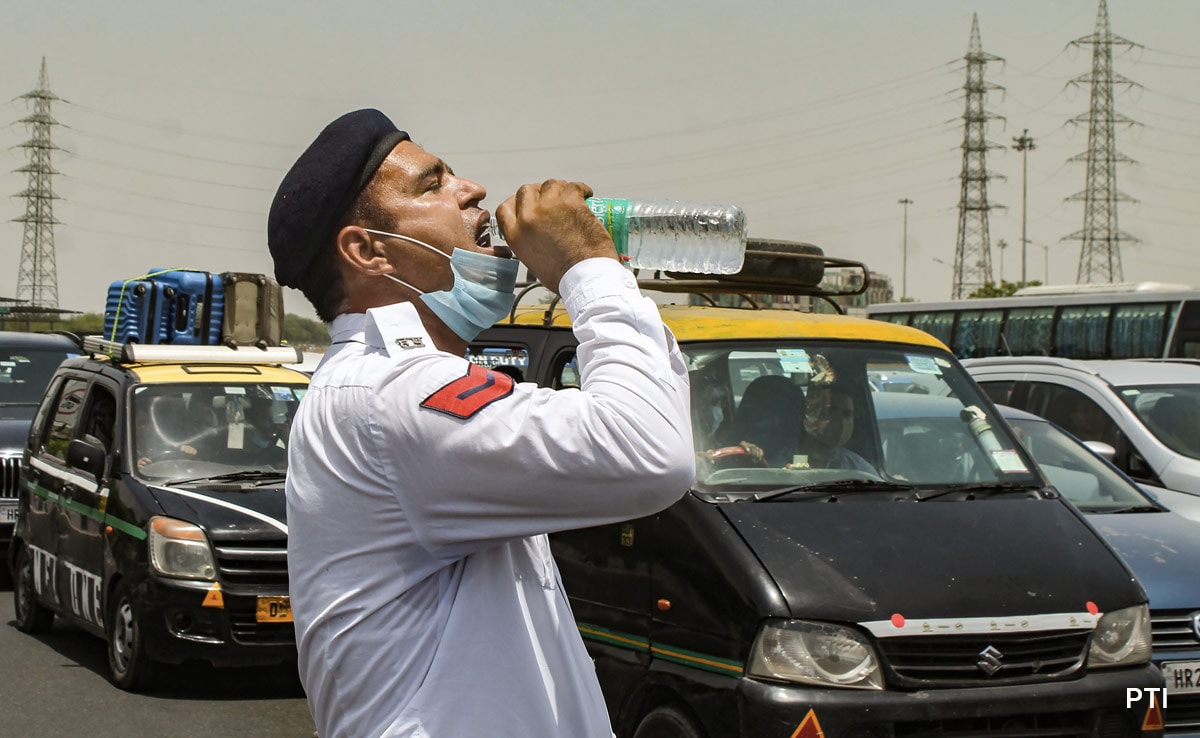New Delhi:
With the beginning of the month of April, the fear of severe heat has started appearing in the country. In many parts of the country the temperature has crossed 40 degrees. Amidst predictions of worsening weather conditions during the summer months Prime Minister Narendra Modi (Prime Minister Narendra Modi) on Thursday reviewed the preparations to deal with the heat wave and called upon all organs of the governments at the central, state and district levels to work in coordination. Preparedness in the health sector was reviewed in terms of availability of essential medicines, fluids, ice packs, ORS and drinking water, an official statement said.
Read also
Principal Secretary to the Prime Minister, Home Secretary, officials of the Indian Meteorological Department (IMD) and National Disaster Management Authority participated in the meeting. The India Meteorological Department had recently said that there is a possibility of extreme heat in India during the period from April to June. It is likely to have the greatest impact in the central and western peninsular parts.
IMD will use AI for weather forecasting
India Meteorological Department (IMD) Director General Mrityunjay Mohapatra said that Indian meteorologists have started using AI and 'machine learning' to make weather forecasting more accurate. Recently, while interacting with the media, Mohapatra had said that in the next few years, emerging technologies will also complement the 'numerical weather prediction models' which are currently widely used for weather forecasting. He said that the Meteorological Department is expanding the observation system to forecast the weather at the Panchayat level or in an area more than 10 square kilometers.
Heat havoc in Delhi too
The maximum temperature in the national capital rose to 39.1 degrees Celsius on Wednesday, which is the highest temperature in the city so far this year. IMD data shows that the second highest maximum temperature was recorded at 38 degrees Celsius on March 9. According to the data, the maximum temperature of Delhi on Wednesday was four degrees above the season's average, while the minimum temperature was recorded at 17 degrees Celsius, which was three degrees below the season's average. The temperature remained stable in Delhi on Thursday also.
uLight rain likely in northwest India by the end of the week
The India Meteorological Department said on Thursday that due to two consecutive western disturbances and high moisture coming from the Arabian Sea, there is a possibility of moderate rain in the mountains and plains of northwest India this weekend. There is a possibility of thunderstorms, lightning, hailstorm and strong winds in Jammu and Kashmir, Himachal Pradesh, Uttarakhand, Punjab, Haryana, Rajasthan and North West Uttar Pradesh between April 13 and 15.
March made a record, will the havoc continue in April also?
Due to the combined effect of 'El Nino' climate change, the month of March 2024 was the hottest ever 'March' in the world. This is the 10th consecutive month since June last year, when the temperature has set a new record. The Climate Agency of the European Union gave this information on Tuesday. The Copernicus Climate Change Service (C3S) said the average temperature in March was 14.14 degrees Celsius, which is 1.68 degrees Celsius higher than the average temperature for this month in the specified pre-industrial reference period 1850-1900. In the month of March, it is 0.73 degrees Celsius higher than the 1991-2020 average and 0.10 degrees Celsius higher than the previous highest temperature of March 2016.
read this also- :












